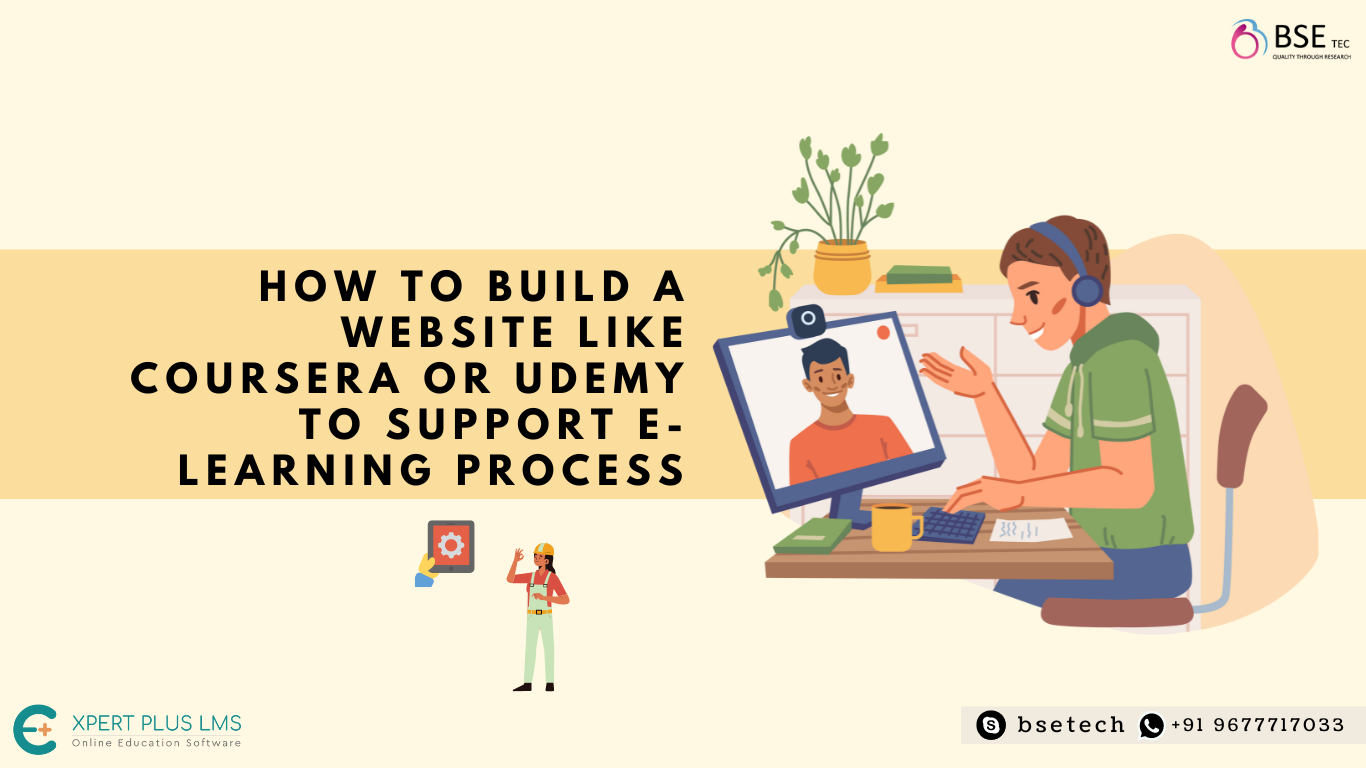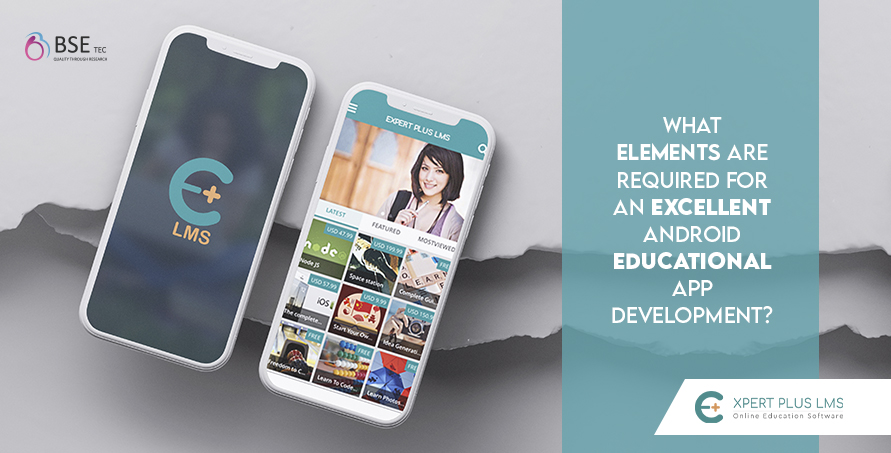Udemy and Coursera are the largest American MOOC sites providing an eLearning platform. Massive Open Online Courses (MOOCs) are free online courses available globally for anyone to enroll. MOOCs provide an affordable and flexible way to learn new skills, to advance your career and deliver quality educational experiences at the comfort of your home.
If you want to create an e-learning website like Udemy, it’s worthwhile to study its business model and how Udemy makes money. But before that, we have to know about the core values on which coursera or udemy was built that made them successful. They are,
- Convenience: Students can enroll in any course at any time, there are no deadlines.
- Variety: Anything from business to art and music is available in udemy.
- Affordability: Very low course fees and there are many discounts and seasonal offers.
- Certification: Certificates can be saved in pdf formats or shared directly in LinkedIn, Facebook or twitter.
create an e-learning website like Udemy:
- Research your niche, target audience, competitors, and e-learning pricing models: First step in starting any course is to decide what course you want to create! Once you decide your niche, check how much demand it has in the market. You can see how high on demand is your niche with the help of Google Trends. Who will be interested in selling something no one is interested in? So, make sure the niche you are bringing to table is high on demand.
- Build a user experience (UX) and user interface (UI) strategy: The user experience design can make your platform known as either convenient or annoying. Pleasant UX means users can focus on the main purpose of the system: learning and teaching.
The LMS user interface design is often the main differentiation factor of the learning management system. Many elements can make a platform distinct, such as a signature color, icons, and custom animations. That’s why the visual component of the design should be eye-catching and memorable. Unique UI doesn’t just differentiate the product; it increases brand awareness. LMS interface design and user experience can increase the learning management system ROI ( Return on Investment) and help the content creators achieve their business objectives. Thus UX/UI is such an important factor in building a LMS business, since it can make you or break you.
- Choose one of the learning management systems (LMS): Udemy clone script is all about learning, sharing, teaching and networking of tutors and students around the world. The script has provision for uploading study materials, eBooks, questionnaires, videos and other files. Udemy script is the readymade code that entitles you to own learning management software wherein students get a similar experience to the existing online learning platforms like udemy, coursera, Lynda etc., without compromising on the quality. This way you need not build udemy like eLearning platforms from scratch which requires fortune to do. Udemy clone scripts/ LMS are readily available and are also cost effective.
- Choose or develop user-friendly authoring tools for text, graphics, audio, video, etc: Choosing a more familiar user friendly tool helps the users to use the platform to make it convenient! Including responsive design in the master layout helps the elearning platform to adjust to PC screens or Mobile screens. So by carefully incorporating user friendly and easy to use tools, lets the users use the platform comfortably.
- Connect needed external tools to the system: The External tools module allows you to seamlessly interact with learning resources and activities hosted remotely. For instance, an external tool could provide access to a new activity type or learning materials from a publisher. The interface of these activities or learning materials from publishers will display within Open LMS. To set up an external tool instance, you need a tool provider that supports LTI (Learning Tools Interoperability).
- Create a mobile version or mobile app for your e-learning website: Essentially, responsive design is a way to put together a website so that it automatically scales its content and elements to match the screen size on which it is viewed. It keeps images from being larger than the screen width and prevents visitors on mobile devices from needing to do extra work to read your content. Access to content that is appropriately adapted on any device greatly improves the user experience. A good responsive design also improves readability, increases the time spent on a website, it enhances interaction or, in the case of e-learning, improves focus.
Conclusion:
Interested in starting your own online education platform like udemy? To create your Udemy or coursera like website and help the student community, try Expert Plus lms, Udemy clone script/app right now. Check out our free demo at bsetec and understand how you can influence the education platform in a very better way.
Did you find this article useful? Let us know by leaving a comment below, or join us on Twitter and Facebook.



